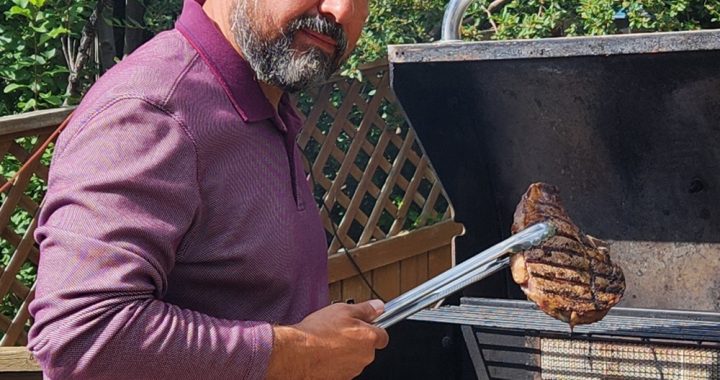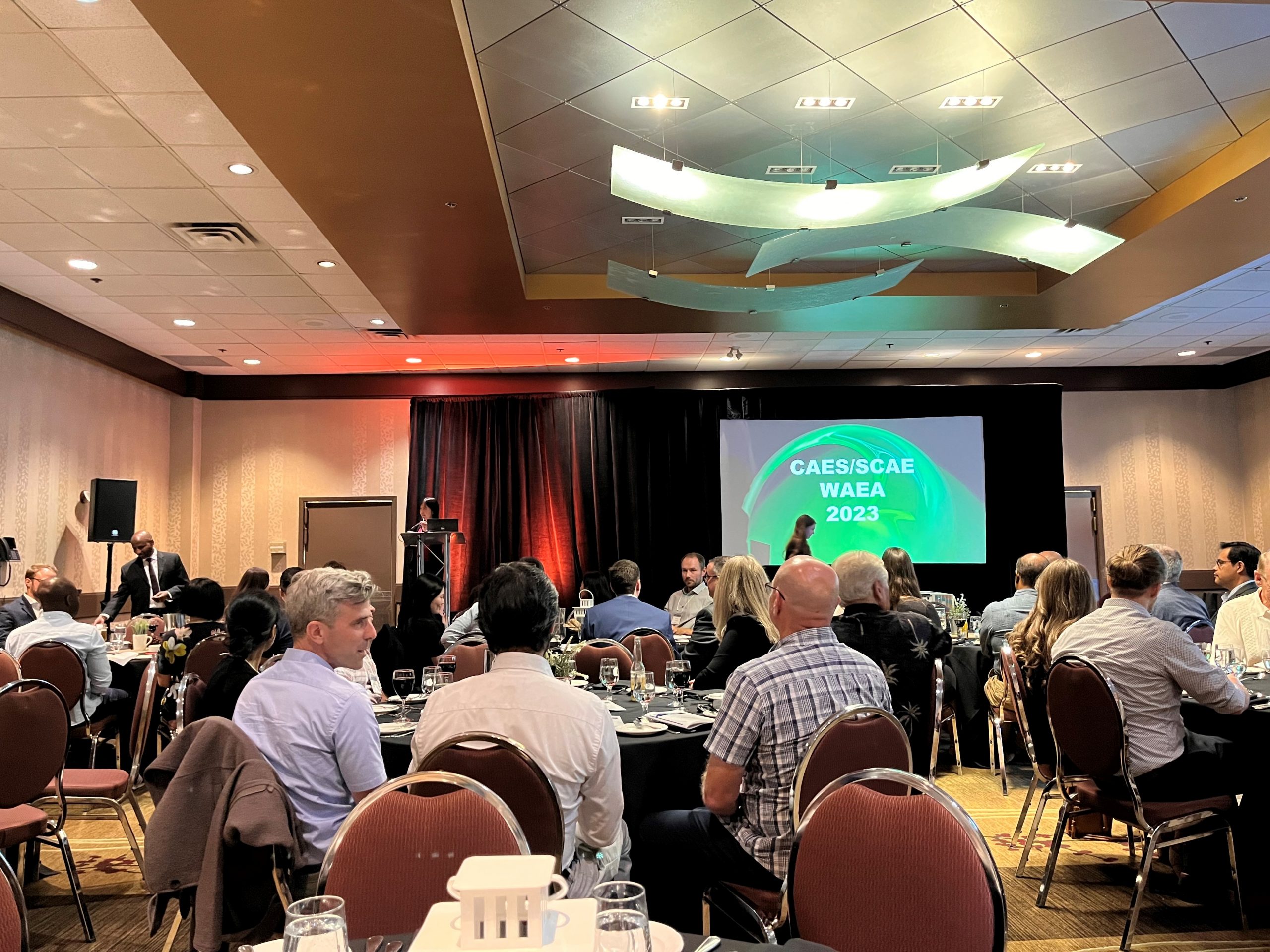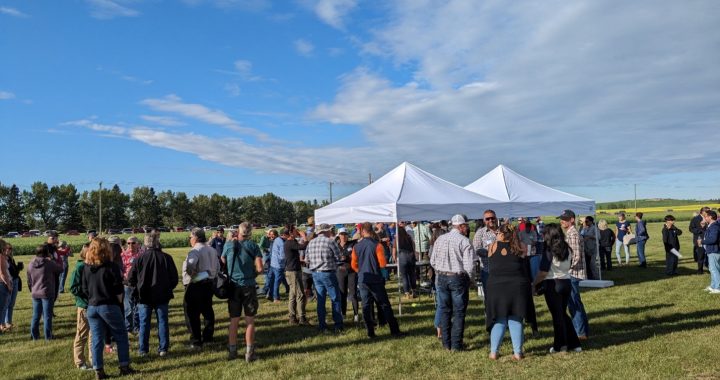As the world grapples with the urgent need to combat climate change, agriculture is increasingly under scrutiny for its contributions to greenhouse gas (GHG) emissions. Among livestock, beef cattle are often singled out as significant emitters of methane, a potent GHG. However, promising tools and strategies can help reduce these emissions while improving the productivity and quality of beef production.
In this, our 3rd article (see article 1 presenting a general overview here, and article 2 on short-term solutions here), we explore ways to mitigate GHG and methane emissions from beef cattle in the medium term (5+ years). Many of these options are already in use, having been investigated for many years, continually being improved upon, and becoming more widely adopted as the value they deliver increases with price reductions as the technologies mature. Much of our discussion will centre on advancements in genomics, molecular breeding values, and animal selection indexes.
In the medium term which we define as having an approximate lag of 5 years to take effect, several methods can be implemented to improve the carbon footprint and reduce methane emissions in beef cattle production. Many of these practices have been under development, in some cases for reasons unrelated to environmental impact, for over a decade and are now being adapted to address climate change.
GENETIC SELECTION
Genetic selection is a powerful tool in addressing environmental concerns without compromising the industry’s economic viability. This can be achieved through genetic selection strategies to breed cattle with improved feed efficiency, lower methane emissions, and a better ability to thrive under Canada’s varied environmental, management, and production systems.
- Genomics and Molecular Breeding Values (MBVs) – Advancements in genomics have opened new possibilities for identifying and selecting cattle with lower methane emissions and improved feed efficiency. MBVs involve analyzing an animal’s DNA to identify specific genetic markers and predict its traits using only this molecular information. MBVs are increasingly being used to predict and select for animals with improved health, fertility, longevity, efficiency, and carcass quality using a single DNA sample taken shortly after birth. Using these markers can help breeders make more informed decisions about which animals to breed and how to feed and manage them most efficiently, reducing GHG emissions over time.
For example, an animal that stays healthy, gains more weight faster while eating less and maturing quickly will require less feed, be harvested earlier, and produce (burp) less methane over its lifespan than its less healthy, less efficient, slower-growing counterparts. Multiply this by 9.3 million (animals in the Canadian cattle herd) to get an idea of the impact even small improvements can make.
To get an idea of the scale at which technology has already reduced the environmental impact of livestock production … “Better breeding, genetics and nutrition have increased the efficiency of livestock production in the U.S. In the 1970s, 140 million head of cattle were needed to meet demand. Now, just 90 million head are required. At the same time, those 90 million cattle are producing more meat”.
The US Environmental Protection Agency estimates that a single cow produces 154-264 lb of methane/year; the UC Davis article referenced above uses 220 lb/year. Assuming equivalent gains in Canada… Canada would have started with a herd of 14.5 million animals, experienced a similar decrease in herd size of 36% to arrive at the current 9.3 million cattle. This equates to a reduction of 5.2 million cattle/year (or 1.14 billion lb of methane/year @ 220 lbs/cow/year) while still producing more beef. This does not include any of the other advances made in improving the environmental footprint/efficiency of today’s cows, such as feed supplementation (and others) discussed in our last article. Also, keep in mind that gains from these different approaches tend to be both cumulative and continually improving. What we are seeing are the first effects of a virtuous cycle taking hold.
Clearly, technology is playing an important role in increasing sustainability AND allowing Canada to serve as one of the world’s best suppliers of safe, delicious, nutritious beef.
- Selective Breeding for Improved Feed Efficiency – One key focus area is improving feed efficiency. Cattle that can convert feed into meat more efficiently require less feed overall, reducing the environmental footprint of beef production. MBVs allow breeders to identify animals with genetic traits that enhance feed conversion. Over the medium term, this can substantially reduce the GHG emissions associated with cattle ranching.
- Targeting “Methane Emission Genes” – Methane production in cattle is primarily attributed to their digestive processes, specifically enteric fermentation in the rumen. Research has identified specific genes associated with methane emissions in cattle. This is a work in progress as opposed to an existing tool.
GRAZING AND MANURE MANAGEMENT
Two other aspects of beef production gaining increasing attention in the quest to improve the environmental impact of the industry are grazing and manure management. The environmental and grazing aspects link directly into the genomic aspects of animal selection and management as the carrying capacity of the land in terms of feed/forage production determines the ideal animal profile and stocking capacity. Rapid advances are being made to integrate forage mixes, swath, bale, rotational and other management practices. Here, the goal is increased efficiencies through to optimal forage use; soil health and preservation; animal stocking rates, maturation, body conditioning; fertility and longevity; and to minimize the need for additional feed and/or mineral supplementation. Well-managed grazing systems also help sequester carbon in soils and reduce overall emissions.
Regardless of the approach being deployed, the goal of manure management is to improve the efficiency of production while minimizing the environmental impact through GHG emissions or otherwise. Methane, in particular, is transformed energy. Energy that was provided to the cow with the intention of the cow partitioning it to subsist, reproduce or to produce more “beef”. So, the primary goal is to increase the digestibility and usability of any feed provided to the cow and thus minimize waste in any form. Various precision-feeding approaches can assist in achieving this.
The simplest approach is to ensure that any nutrients not used by the cow are returned to the soil to better optimize the next feeding cycle, be it crop, bale or forage. These range from high-intensity grazing where manure is naturally deposited by the cows onto the pastures and “stepped-in” to the soil. This has the added benefit of helping to deposit new seeds into the soil, improving production, soil health, and carbon carrying capacity.
Manual collection, spreading, and working of manure into the soil is another “composting” option, and as was the case with rotational grazing, helps to reduce methane emissions from manure while acting as a valuable soil conditioner.
Several emerging technologies are coming on stream to intercept various GHGs before they impact the atmosphere. These include methane recovery systems, algae-based treatments, and anaerobic digesters among others, and involve capturing and converting GHGs into usable forms of energy, soil nutrients or other feed sources.
CONCLUSION
Reducing GHG and methane emissions from beef cattle in the medium term is not only a matter of environmental responsibility taken seriously by the beef industry but also a critical step toward sustainable beef production by each individual producer. As with many things, a little knowledge can be a dangerous thing especially when dealing with complex, multifaceted situations. What works well in one production system may be a disaster when inappropriately used in another. The most honest answer in these instances is often, “it depends”.
With this principle in mind and the philosophy of “first, do no harm” we suggest seeking expert advice when considering these tools. Each tool outlined above has many excellent sources of information and application considerations. The Beef Cattle Research Council is an excellent resource covering a broad range of topics, as is Alberta Beef Producers. The individual beef breed associations and, in particular, local forage and research associations are also great resources with respect to regional considerations on how to best match soil, grazing, nutritional, supplementation, and genetic / genomic considerations.
And of course, modesty aside, Livestock Gentec… where we have focused on advances in genomics and molecular breeding values that deliver powerful tools to select cattle with lower emissions and improved feed efficiency, and are critical in the optimal selection and management of animals in a given forage and production system.
Since 2008, we have developed an extensive range of collaborators, the largest database of Western Canadian crossbred commercial cattle, and introduced specific genomic tools for Canadian producers including EnVigour HXTM, the Replacement Heifer Profit IndexTM, as well as the Feeder Profit IndexTM.
And for the opportunity to be even a small part in how far the beef industry has come, we are grateful.

















